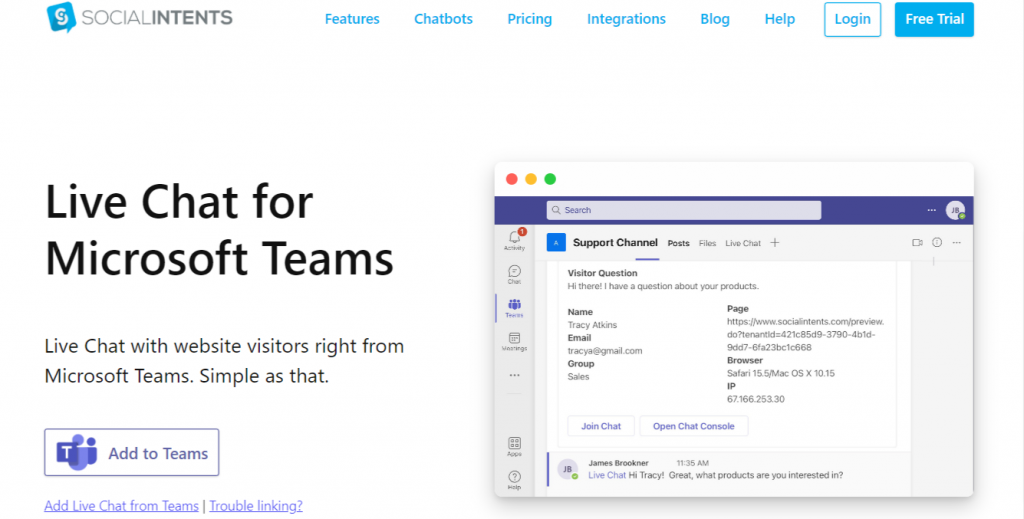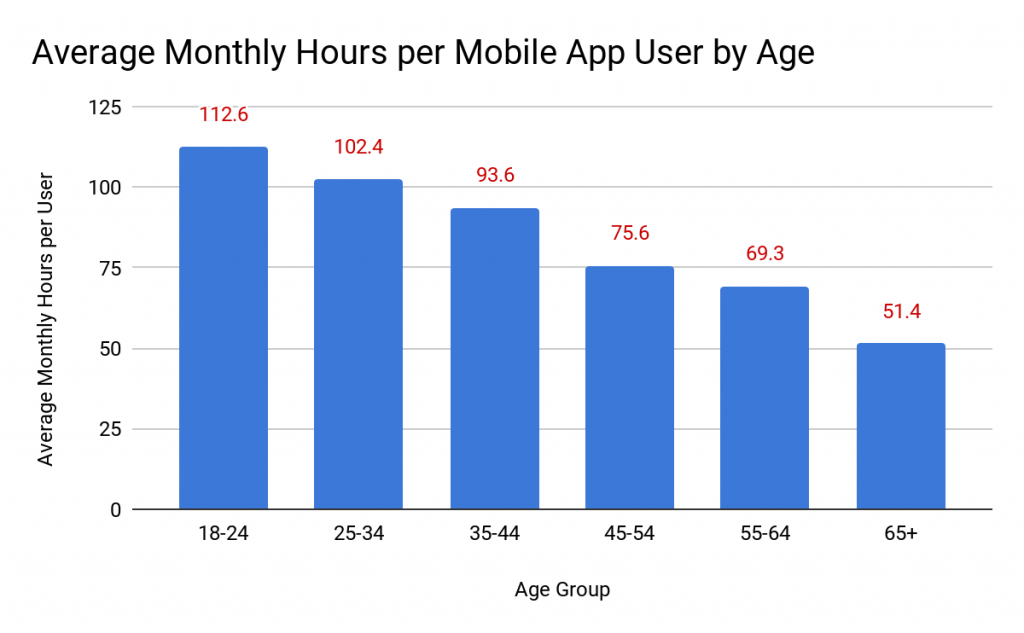Wondering how to increase college enrollment and get more students excited about joining your higher education institution?
You’re definitely not alone.
With the competitive nature of higher education these days, colleges and universities everywhere are searching for creative and effective ways to attract more students.
Maybe you’ve noticed a drop in applications, or perhaps you’re just looking to take your enrollment numbers to the next level. Either way, it’s clear that boosting those numbers isn’t just about luck – it’s about having the right strategies in place.
In this article, we’re going to dive into six proven strategies for increasing college enrollment that can make a real difference in growing your student numbers. Whether you’re part of a large university or a small community college, these tips are designed to help you stand out from the crowd and get more students eager to enroll.
What Factors Affect the Rate of Enrollment?
Before we jump into the strategies, it’s important to understand what factors affect the rate of enrollment.
There’s a lot more at play than just having a good reputation or a nice campus. From tuition costs and financial aid options to the range of programs offered and even the way your college communicates with potential students – these all play a role in whether students decide to apply and enroll.
High tuition expenses
High tuition costs continue to be a significant barrier for many students considering college.
In 2024, the average published tuition and fees for full-time students at public four-year institutions rose to around $11,260 for in-state students, and a staggering $29,150 for out-of-state students. Private nonprofit four-year colleges are even more expensive, with average tuition and fees reaching $41,540.
Many students are forced to juggle full-time jobs to cover these costs, which undoubtedly affects their academic performance.
Despite these efforts, students and their families are still relying heavily on loans to make ends meet, contributing to the $1.7 trillion in student loan debt that Americans currently owe.
This mounting debt is making many prospective students rethink the value of a college education, especially when weighed against the potential financial burden. As tuition continues to climb, it’s no wonder that some are opting out of college altogether, choosing work over the student life with accumulating debt.
Not exploring alternative paths that can boost earnings potential
Here’s something you might not know: at about a third of colleges and universities in the U.S., more than half of the students who enroll end up earning less than high school graduates ten years down the line.
With stats like that, it’s no surprise that more people are exploring alternatives to traditional higher education.
So, the big question on everyone’s mind is, “Is college really worth it?”
The reality is that college can pay off but the return on investment depends on a lot of factors, like what you study, where you go, and what kind of credentials you earn. Some schools are getting it right, but others might need to rethink their approach and figure out what’s holding their graduates back.
Maybe it’s time to start looking beyond the traditional four-year degrees. There’s a growing demand for programs that offer degrees, certificates, and credentials tailored to meet local workforce needs. These options might just provide the boost in earnings potential that students are looking for, without the hefty price tag or the uncertainty of a traditional college path.
Lack of workforce skills in education
Recent enrollment data is showing a big shift – more students are signing up for 2-year colleges and skilled trades programs in areas like mechanics, culinary arts, construction, and precision production. These programs are seeing a surge in popularity, and it’s not hard to see why.
A lot of colleges fail to incorporate workforce skills into their curriculums, which means students aren’t prepared for life after graduation, whether that means jumping straight into the workforce, earning a technical degree, or continuing on to a 4-year institution.
And let’s not forget the buzz around AI, automation, and robots replacing lower to middle-skill jobs. The demand for skill-based education is growing.
If you’re in education, it’s time to take notice and start making changes to meet these new demands.
Colleges behaving like colleges
Let’s face it: the college admissions process is still a major headache for everyone involved.
For modern students, it’s a stressful time filled with decisions that feel life-altering, endless deadlines, and a mountain of paperwork. They’re looking for guidance and trying to avoid making choices that could set them on the wrong career path.
On the other side, college staff are equally burdened. Admissions teams are drowning in paperwork and spending countless hours to identify and recruit the right students. It’s a process that involves a lot of people and a lot of time.
Some colleges are still stuck in the old ways – slow responses, heaps of paperwork, and a sense of elitism that doesn’t exactly help in attracting today’s students.
These outdated practices can definitely have a negative impact on enrollment numbers. It’s clear that the whole process could benefit from some modernization to better meet the needs of both students and staff.
The rise of Edu-Tech
As fewer students are enrolling in traditional higher education institutions, there’s a noticeable shift happening in on-campus education.
Online programs are now enabling more students than ever to earn their degrees partially or entirely away from campus. This shift is especially pronounced among non-traditional and adult learners, who often seek to reskill and thus prefer online or hybrid education solutions that fit their busy lives.
The rise of edu-tech is transforming how education is delivered and accessed, making it more flexible and accessible to a broader range of students.
How to Increase College Enrollment: 6 Strategies
Here are six powerful student enrollment strategies that can help your institution attract more prospective college students.
1. Start treating students as customers
Higher education in America is more competitive than ever.
With more high school graduates and an increasing number of college applicants, schools are facing a new challenge: since students are applying to multiple colleges, it’s becoming harder to maintain high enrollment numbers.
In this environment, colleges can’t just focus on delivering education anymore – they need to think and act like businesses in a competitive market. That means treating students like customers, ensuring that your institution is not just attracting enough students, but the right kind of target audience.
Customer service in higher education is key.
It’s time to start thinking about fast and personalized responses, offering better perks and services, and using automation to streamline processes. Colleges need to create an experience that makes students feel valued and catered to, just like any successful business would with its customers.
2. Connect with your potential students in their enrollment journey
Once you start viewing your students as customers, you’ll see the importance of guiding them through their “buyer’s journey.” In this context, that journey is their path to enrollment, which actually begins while they’re still high school students.
By understanding this journey, you can engage with students earlier than your competitors, meeting them where they are at each stage.
For instance, when students are in the awareness stage – just beginning to explore their college options – you can increase your visibility with Search Engine Optimization (SEO). This means doing keyword research and creating educational content on your website that’s informative rather than pushy, like blogs, e-guides, white papers, or industry research that genuinely helps them make decisions.
The key is to make your content about them, not you. Use a story-based approach, as it’s relatable and engaging, and don’t forget to share success stories that provide real value and inspiration.
Email marketing is also a powerful enrollment strategy – it’s non-invasive and allows for personalized communication, helping you nurture these students through their journey and increasing the likelihood they’ll choose your college.
By understanding and supporting them every step of the way, you’re more likely to build trust and engage prospective students.
3. Use live chat to make it easy for prospective students to connect with you
Nobody likes waiting around for answers, and that includes your prospective students. Everyone wants quick, convenient responses, and that’s where live chat comes in as a game-changer for colleges.
Live chat is one of the most effective communication channels between businesses and customers. And it’s just as valuable for connecting with potential students.
Here’s why:
- Instant responses: Live chat tools often support chatbots, which can handle basic inquiries instantly. Chatbots boast high satisfaction levels because they provide quick answers, exactly what today’s students expect.
- 24/7 availability: With live chat and chatbots, you can be available around the clock, ensuring that no matter when a potential student has a question, you’re there to help. Plus, many live chat tools offer multilingual support, so you can assist international students in their native language.
- Streamlined admin work: Live chat isn’t just for answering questions; it can also facilitate real-time document transfers and financial transactions, making administrative processes smoother and faster.
- Efficient use of resources: While chatbots handle routine queries, your live agents can focus on more complex issues, like providing personalized career counseling or detailed admissions guidance.
The best part? Setting up a live chat system is quick and easy.
Social Intents is a popular live chat platform designed with colleges in mind, making it simple to integrate live chat into the tools you’re already using, like Slack and MS Teams.
This means your admissions team can start engaging with prospective students almost instantly, without the need for extensive training or additional resources. Whether you’re answering quick questions, providing application support, or offering personalized guidance, Social Intents helps you create meaningful connections with students. This way, your college can stand out in a competitive landscape.

Find out more about Social Intents here.
Incorporating live chat into your communications strategy is guaranteed to make the higher education student enrollment process smoother and more efficient for everyone involved.
4. Be where future students are
Gone are the days when having a basic website and a half-hearted social media presence was enough for higher education institutions. Today, you need to be actively engaging with future students where they spend most of their time – and in the ways they prefer.
Consider this: the age group you’re targeting is the one with the highest mobile app usage. This means they’re more likely to connect with your institution if you have a dedicated app.

At a minimum, your website should be fully responsive on mobile devices, but going a step further by launching an app can really set your college apart. It positions your educational institution as forward-thinking and tech-savvy, giving you a competitive edge.
And when it comes to where students are spending their time online, social media is king.
Active social media platforms can transform how students perceive your college, showcasing it as a vibrant and engaging place to be. Social media is also a fantastic way to give prospective students a glimpse into campus life, sharing stories, current events, and the college experience that makes your institution unique.

Want to learn more student engagement strategies? Take a look at these strategies here.
5. Use technology to increase student enrollment
The admissions process can be exhausting for both students and staff, but technology can make a world of difference. One of the best ways to streamline and simplify admissions is by using an admissions CRM (Customer Relationship Management) or dedicated admissions software.
Admissions software is designed to make every step of the admissions process easier and faster. From reaching out to prospective students and processing applications to receiving payments and selecting candidates, an admissions CRM can handle it all.
Here’s how it can help:
- Handle high volumes: Manage a large number of applications without the stress and hassle.
- Reduce manual labor: Cut down on paperwork and help your institution go green.
- System integration: Easily integrate with your existing systems, allowing you to communicate directly with students.
- Recruit the best-fit candidates: Use data-driven insights to identify and recruit students that are the best match for your academic programs.
- All-in-one solution: Serve as both an admissions management tool and a student information system, giving your staff everything they need in one place.
There are plenty of higher education admission software options out there, each designed to take the edge off the admissions process in specific ways.
6. Focus on competency and skill-based programs
These are perfect for non-traditional students, working adults, and anyone needing practical, job-ready skills. Unlike traditional degrees, these programs focus on mastering specific skills and allow students to progress at their own pace.
By offering these flexible, career-focused options, you can attract a broader range of students looking for an education that directly ties into the workforce. It’s a smart way to stay relevant and increase the number of enrolled students.
Implement These Strategies to Increase College Enrollment
Understanding how to increase enrollment in higher education requires a strategic approach that meets the evolving needs of students. This includes treating students like valued customers, engaging with them throughout their enrollment journey, and leveraging tools like live chat and social media.
With Social Intents, you seamlessly integrate live chat into your existing platforms, enabling you to connect with prospective students in real-time, provide instant guidance, and make the enrollment process as smooth as possible. This way, students can feel supported every step of the way.
Ready to see these strategies in action? Start a 14-day free trial today.


